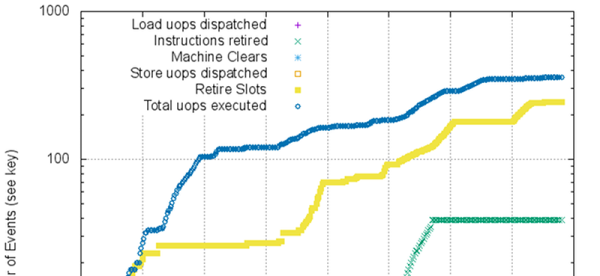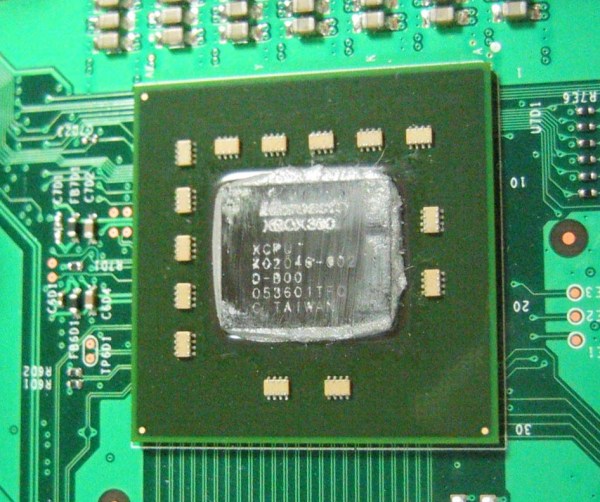DeepSeek has captured the world’s attention this week, with an unexpected release of the more-open AI model from China, for a reported mere $5 million training cost. While there’s lots of buzz about DeepSeek, here we’re interested in security. And DeepSeek has made waves there, in the form of a ClickHouse database unintentionally opened to the world, discovered by the folks from Wiz research. That database contained chat history and log streams, and API keys and other secrets by extension.
Finding this database wasn’t exactly rocket science — it reminds me of my biggest bug bounty win, which was little more than running a traceroute and a port scan. In this case it was domain and sub domain mapping, and a port scan. The trick here was knowing to try this, and then understanding what the open ports represented. And the ClickHouse database was completely accessible, leaking all sorts of sensitive data. Continue reading “This Week In Security: DeepSeek’s Oopsie, AI Tarpits, And Apple’s Leaks”















